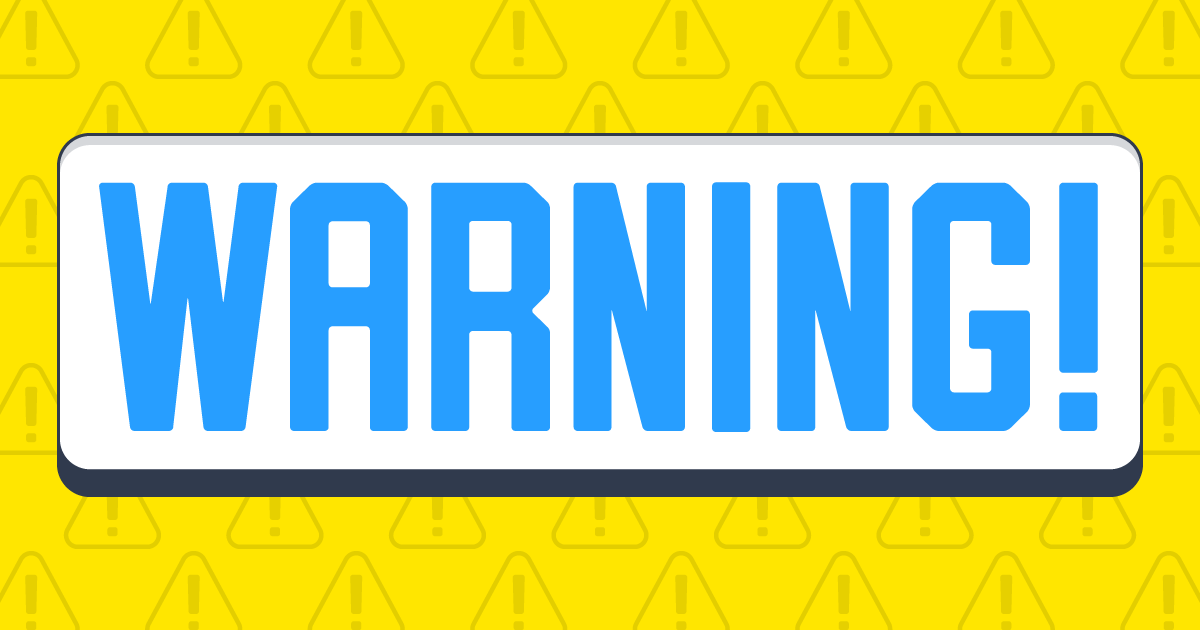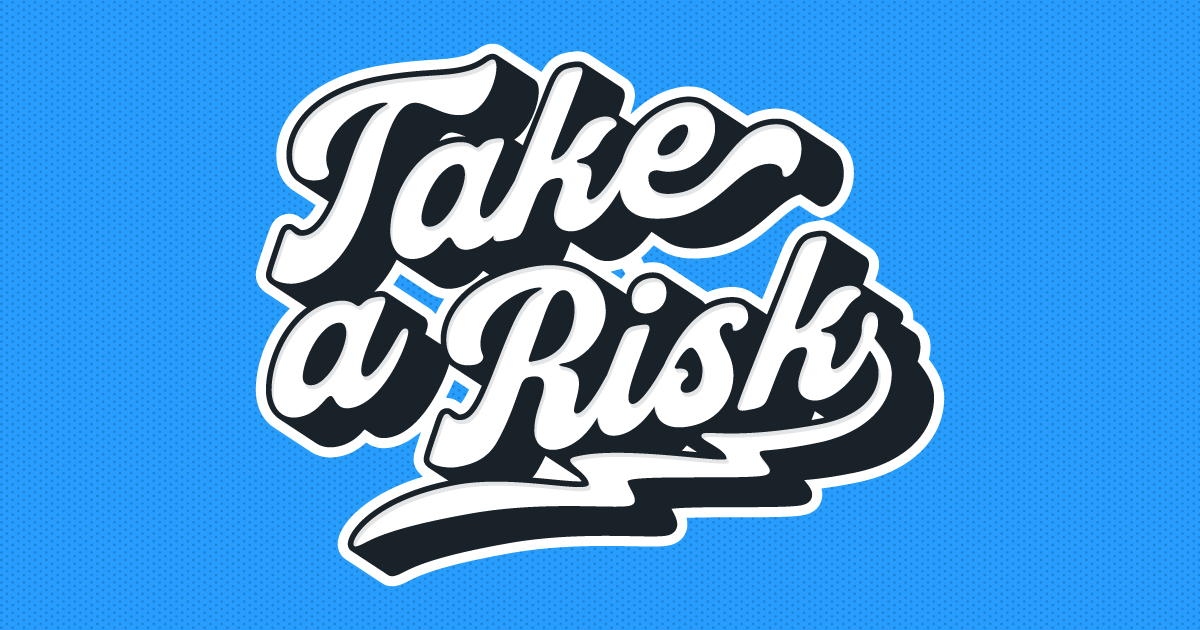An Author’s Guide to Beta & Sensitivity Readers
Writing is usually a very insular practice. For many writers, the first time another person sees the full content of their manuscript is when they send it off to an editor for review. And that’s okay! But just because they’re the first doesn’t mean they should also be the last.
A book, like any other product, needs more than just a couple of people to test it out before it hits the market. Movie studios have test audiences. Software companies have beta users. Authors have beta readers, sensitivity readers, and reviewers.
Beta Readers
A beta reader is a test reader, preferably from your target audience, that can offer a fresh perspective on your book. While not exactly an editor, beta readers should approach your book with a more critical eye than the average reader. Their focus isn’t going to be on semantics, but more on overall developmental details.
Ideally you’ll want a beta reader (or multiple beta readers, but do be cognizant of having too many voices in the room at once) that is familiar with your genre and your target audience.
What Value Do Beta Readers Add to Your Book?
For a fiction author, beta readers can and should provide insight on things like your book’s pacing, plot, characters, and their overall satisfaction with the book.
You’ll want to know if they were ever bored or started losing interest, if there were particular details that gave them pause or went right over their head, or if they were disappointed by the ending or predicted the big twist way too soon. Maybe there’s a plot hole that didn’t occur to you, or that you didn’t think was a big deal, but they couldn’t let go of. Or maybe there’s a minor character that intrigued them enough that they might want to read a whole book about them.
For a nonfiction author, beta readers can help with details like pacing, structure, and reading level.
If you’re writing a beginner’s guide to social media marketing, for example, you’ll include different details and focus on different explanations than if you were writing an advance guide to paid social media advertising.
A beta reader can help you better understand if your writing is accessible to a beginner or too elementary for an expert. Or maybe they realize that a concept explained in Chapter 3 made much more sense after reading Chapter 5, so it may be worth it to reorder those two chapters.
Where Do You Find Beta Readers?
Because the best beta readers are those who come from—or are very familiar with—your target audience, the best way to find them is to look where your audience is.
Online writing communities or other forums populated by your peers, other experts or thought leaders in your network, authors writing in your same genre, and even long-time fans of yours can all make fantastic beta readers.
Ideally, your family, friends, or coworkers are not the best option for a beta reader—unless, of course, they also happen to be in your target audience.
Instead, focus on finding people who understand the premise of your book without you having to explain it to them, while still being unfamiliar with the specific content.
While you can hire professional beta readers, that is less common than reaching out for volunteers. Beta reading is a great way to solidify a connection with someone in your professional network, especially if you’re able to return the favor in the immediate-to-near future. It can also be a great way to thank loyal readers and turn them into true fans.
What Are Some Best Practices for Working With Beta Readers?
If you do wind up hiring a professional beta reader, they will likely review their standards with you before you sign a contract.
Even a casual, informal agreement with a beta reader should still come with certain expectations. Keep these best practices in mind when connecting and working with beta readers.
Consider Your Timing
You’ll want to reach out to your potential beta readers after your book has undergone one or two rounds of professional edits (you want them to read a polished version of your work), but still well before you’ve published it (you want to have time to make changes if necessary).
Determine your deadline for when you’d like to receive feedback, leaving yourself enough time for any updates or changes, and work back from there. Roughly 30 days before that deadline is a good window to start reaching out and asking for potential beta readers.
You’ll also want to be clear about that deadline with your readers. Be firm in that you will not accept critiques after that date, so potential volunteers can keep that deadline in mind before volunteering to take on your manuscript.
Be Proactive With Your Beta Readers
Once someone has agreed to beta read your book, be prepared to provide them with exactly what they’ll need to get it done quickly and efficiently.
Some beta readers will prefer a digital copy of your book, others only accept a print copy. With a print-on-demand company like Lulu, it’s easy to create advanced reader copies of your book. Don’t worry about formatting them or including a final cover design, any printed and bound manuscript should be sufficient.
Be clear about what kind of feedback you want from them before they get started. There’s a big difference between in-line comments, chapter-by-chapter feedback, and overall impressions.
Pay Your Dues
If your beta readers are volunteers, then you won’t be paying them for their feedback, but that doesn’t mean you can’t show your appreciation!
Consider thanking them in your acknowledgements, shouting them out on social media or in your newsletter, and sending them a free finished copy once your book is published.
There is also a good chance there’s some way to exchange the favor. Very often you’ll find beta readers who are also looking for their own beta readers in return—swap manuscripts and help each other out!
And of course, if they’re not publishing any time soon, there are plenty of other ways you can thank them by using your network or your audience.
Sensitivity Readers
Another kind of advanced reader that is neither an editor nor a reviewer—but perhaps somewhere between the two—is a sensitivity reader. In the grand scheme of publishing, sensitivity readers are a relatively new introduction to the editing process.
Sensitivity readers are responsible for taking a very close, nuanced look at a specific kind of representation included in your book. Their job is to make sure that your book does not inadvertently perpetuate harmful stereotypes, use inappropriate or inaccurate language, or otherwise misrepresent and offend a specific group of people.
What Value Can Sensitivity Readers Add to Your Book?
Some marketers will make the case that all press is good press.
Maybe that’s true, maybe it isn’t.
But do you really want your book and your brand to garner attention for unintentionally offending an entire community of potential readers?
If your intention is not to alienate or offend an audience of readers, a sensitivity reader is the way to go.
Sensitivity readers can help you ensure that you are presenting your work at its best, regardless of what representation your book includes. You’ll find plenty of readers that specialize in everything from queer representation to religious representation to cultural representation.
You can also find readers to help you make sure you didn’t speak about a deaf character with ableist language, or that you didn’t mistranslate a bit of Spanglish dialogue.
Generally sensitivity readers are more common for novels, but certain nonfiction genres can absolutely benefit from them too. Your cookbook might not need a closer reading, but memoirs, essay collections, travel guides, and even statistical reports probably could.
Where Do You Find Sensitivity Readers?
Obviously, no one reader can specialize in representation of all communities. Different types of sensitivity readers specialize in different areas of expertise, and you’ll want to look for one that is the right fit for your book.
Unlike beta readers, sensitivity readers are specialists you would hire as part of your editorial services. You may be able to find a freelance editor that will serve as both your editor and your sensitivity reader, so keep that in mind as you’re doing your research into different types of editorial services.
The Editorial Freelancers Association has a fantastic directory of freelance editors, including sensitivity readers.

Your Free Lulu Account
Create a Lulu Account today to print and publish your book for readers all around the world
What Are Some Best Practices for Working With Sensitivity Readers?
If you’re hiring a professional sensitivity reader, they will undoubtedly have their own guidelines for how you two will work together, and you should pay attention to those. While you’re in the market for a sensitivity reader—or considering whether or not you need one—there are a few things to keep in mind.
Consider Your Timing
Like with beta readers, the best time to have a sensitivity reader look at your manuscript is after it has gone through a few rounds of professional editing (and, of course, before you’ve finalized your draft).
However, because there are many freelance editors that specialize in sensitivity reading, you may want to keep it in mind as you’re hiring an editor. Even if your editor of choice does not outright advertise sensitivity reading, don’t be afraid to ask about it when you’re contracting them.
Be Prepared
Also, like with beta readers, sensitivity readers may have different preferences for how they read and comment on your manuscript. Be prepared to share a digital or print version with them.
You may also want to take the time to establish ahead of time what kind of feedback you’ll want from them, and discuss any deadlines you’re working around before they get started.
Edit in Moderation
There is a balance between too few eyes on your manuscript and too many. You know your own book better than anyone else, and you know your own experience with communities you don’t directly identify with.
If you do choose to work with a sensitivity reader, choose one area of focus for them.
If you genuinely believe that you accurately and authentically represented your characters, religions, cultures, etc. in your book, then you may choose to skip this step, and that’s fine.
Other Kinds of Advance Readers
If you listened to the Publish & Prosper episode on advance readers, you may have noticed the whole latter half of the episode is about working with reviewers and influencers.
There is some overlap in the best practices for these early readers, but for the most part they fulfill separate roles in your publishing journey.
Promotional reviews and blurbs from professional media outlets, experts in your field, and other authors are a great marketing and networking tool. If you’re lucky, you might be able to get a review or a blurb from your beta readers, but that relies on you working with a beta reader with more clout than you.
You’re more likely going to rely on your beta readers and sensitivity readers, along with your editors, to get your book into the best possible shape. Then, once you have a final edition you’re proud of, it’s time to reach out to reviewers and influencers to help you promote your book before it’s published.
Send the best possible version of your book out into the world—with the help of a few advance readers along the way—and sit back to watch your audience enjoy every page.




